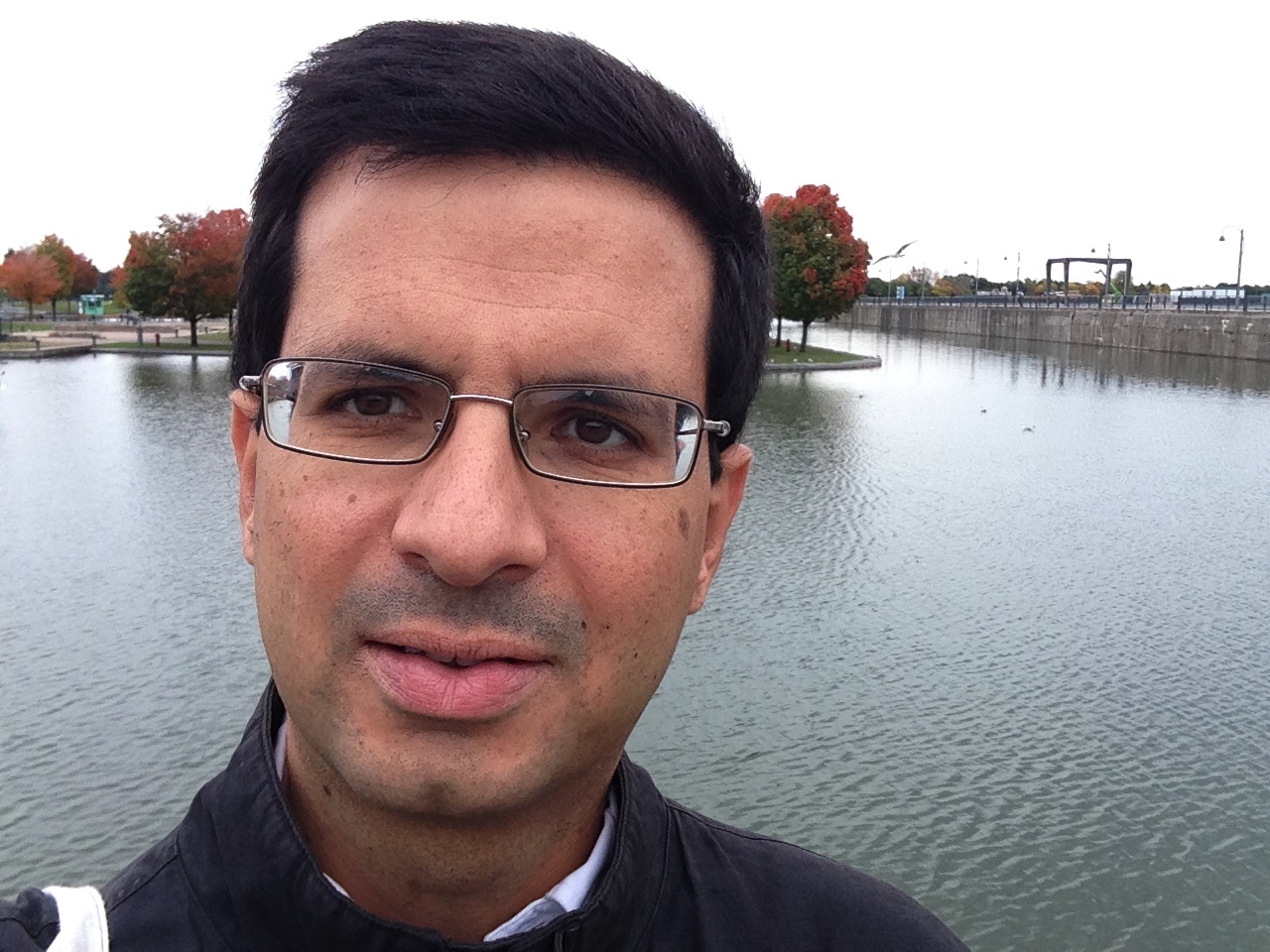Bio-Rad’s Droplet Digital™ PCR Technology Highlighted at the ASHG 2015 Meeting

Complete the form below to unlock access to ALL audio articles.
This week, global investigators will present 18 new research studies featuring Bio-Rad’s Droplet Digital PCR (ddPCR™) technology at the American Society for Human Genetics (ASHG) Annual Meeting in Baltimore, October 6–10. Applications of ddPCR presented at the meeting include copy number determination, genome editing, mosaic analysis, gene expression, and liquid biopsy among others.
“Over the past four years, the precision, reproducibility, and sensitivity of Bio-Rad’s ddPCR technology has revolutionized nucleic acids research,” said George Karlin-Neumann, the scientific affairs director at Bio-Rad's Digital Biology Center. “From simplifying the detection of complex genomic rearrangements to measuring biomarker levels for determining therapy response and cancer progression, the number of applications for ddPCR is continually growing.”
Copy Number Variation in Germ Lines of Hereditary Prostate Cancer Cases Validated with ddPCR
Germ line cells with hereditary genomic abnormalities, such as copy number variation (CNV), can lead to prostate cancer. Research from the lab of Diptasri Mandal, professor of genetics at LSU Health New Orleans, identified several CNVs in the germ line DNA of families with hereditary prostate cancer using array comparative genomic hybridization. The Mandal lab will present research using the precision of ddPCR technology to quantitatively confirm the germ line CNVs. This research is part of a project to identify genes that contribute to the development of prostate cancer, particularly within the African American community.

"Droplet Digital PCR’s ability to measure small fold differences in target DNA copy numbers is very important for our research," said Mandal. "Our long-term goal is to determine if the technique can be used as a primary tool for detecting copy number variations associated with prostate cancer in the application of precision medicine."
This poster (#2786) will be presented from 12–1 PM on Thursday, October 8.
Use of ddPCR Technology to Investigate Copy Number Changes in Parkinson’s Disease

Mosaicism for copy number variants (CNVs) has been suspected to contribute to sporadic (nonheritable) Parkinson’s disease, in which only some brain cells harbor the abnormality. Christos Proukakis, a senior clinical lecturer at the University College London Institute of Neurology, is using ddPCR technology to quantify mosaic CNVs in brain DNA. He will present his team's initial findings on this possible cause of sporadic neurological diseases.
This poster (#3143) will be presented from 10:45–11:45 AM on Friday, October 9.
Rapid Screening Assay Using ddPCR Quantifies Both HDR and NHEJ Events Simultaneously after Genome Editing
Genome editing technologies using programmable nucleases offer researchers a better understanding of the molecular basis of disease. Introducing specific genetic changes requires homology-directed repair (HDR), which uses donor DNA to produce precise gene repair within the cell. However, undesired random editing via nonhomologous end joining (NHEJ) can also occur and reduces the pool of successfully edited cells. To optimize editing conditions that promote HDR with minimal NHEJ in human induced pluripotent stem cells, Bruce Conklin, senior investigator at the Gladstone Institute of Cardiovascular Disease (San Francisco), has partnered with Bio Rad to develop a rapid screening strategy quantifying HDR and NHEJ events simultaneously using ddPCR technology.

“Droplet Digital PCR is an ideal technique for screening HDR and NHEJ events because it is faster and less expensive than sequencing,” says Conklin. Collaborator Jen Berman, staff scientist at Bio-Rad’s Digital Biology Center, will present this screening strategy at ASHG.
This poster (#1915W) will be presented from 5–7 PM on Wednesday, October 7.
Bio-Rad to Host Exhibitor Education Event Featuring Genome Editing, Cancer Biomarker, and Tumor Heterogeneity Research
Bio-Rad’s education event will feature research at three half-hour workshops entitled:
- Ultrasensitive Quantification of Genome Editing Events by ddPCR
- Plasma Tumor DNA as a Biomarker for Individualized Breast Cancer Therapy
- Genomic Evolution and Tumor Heterogeneity
These talks will be presented from 1–2:30 PM on Thursday, October 8, in Room 349.
In addition, Bio-Rad will have booth #1007 with posters about additional ddPCR applications that include a simple and robust workflow for multiplexed gene expression analysis in single cells.

